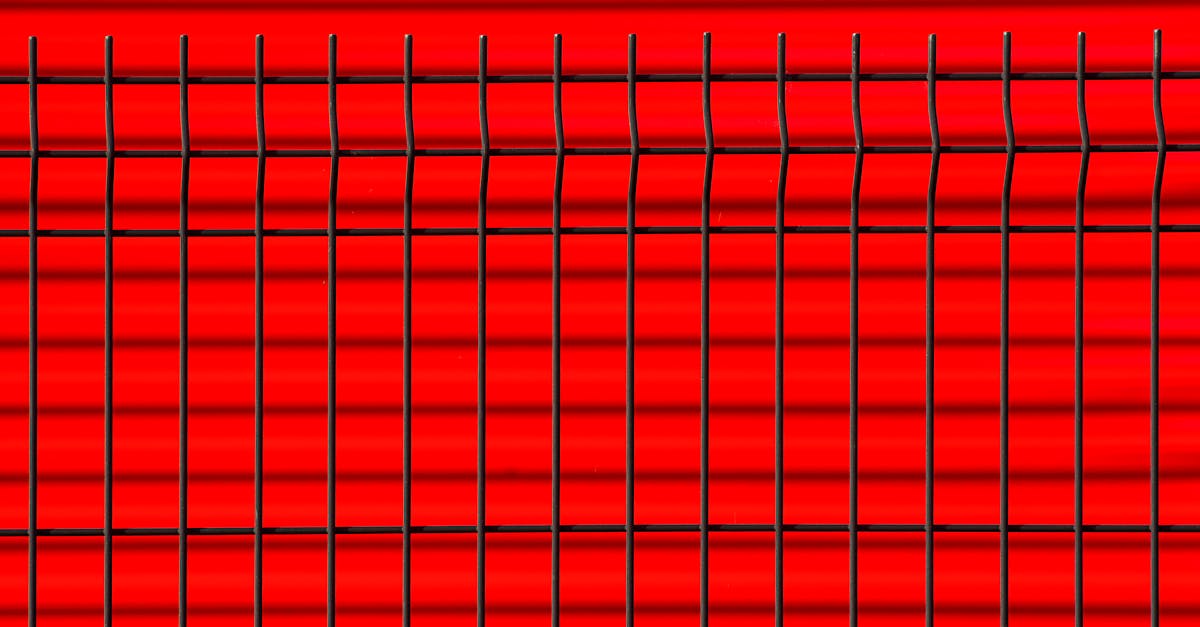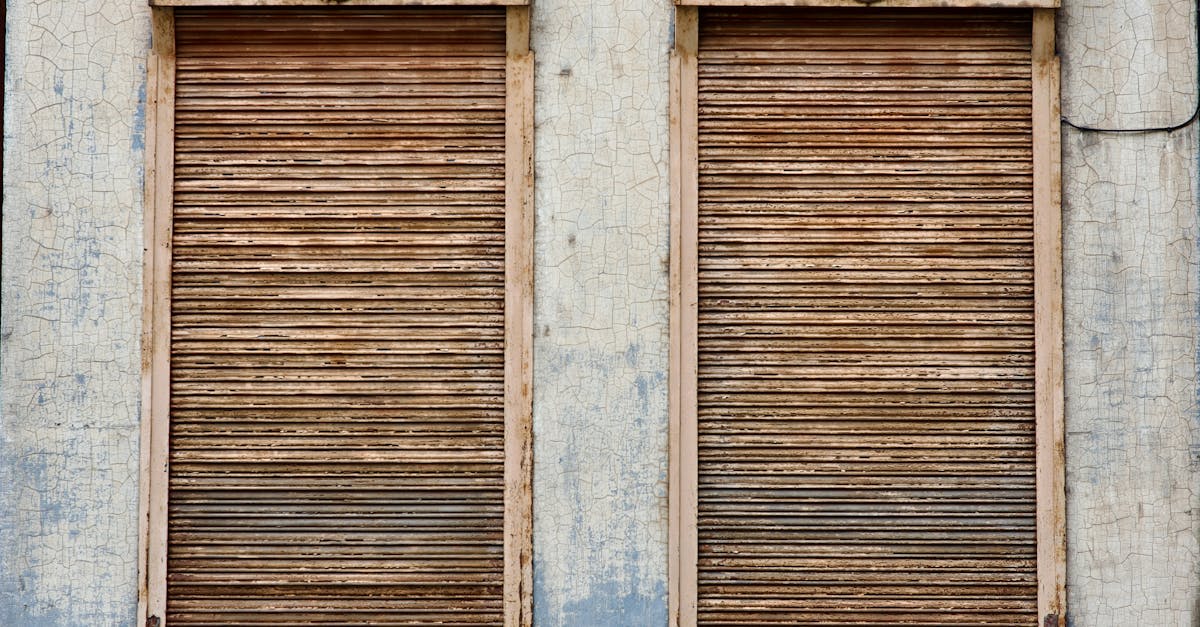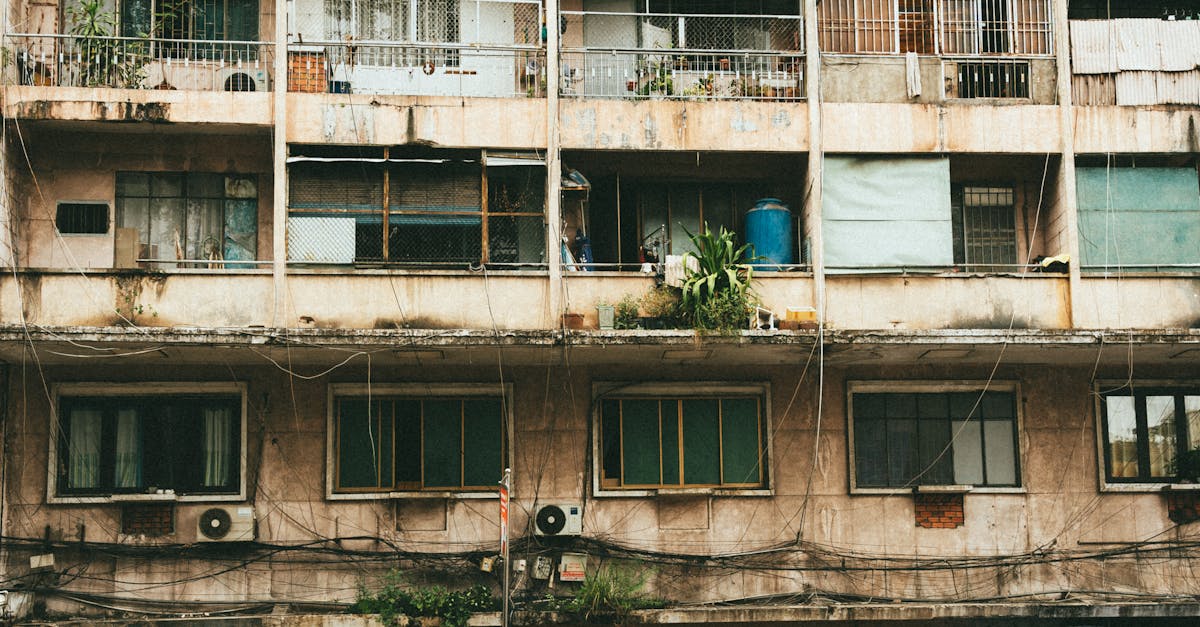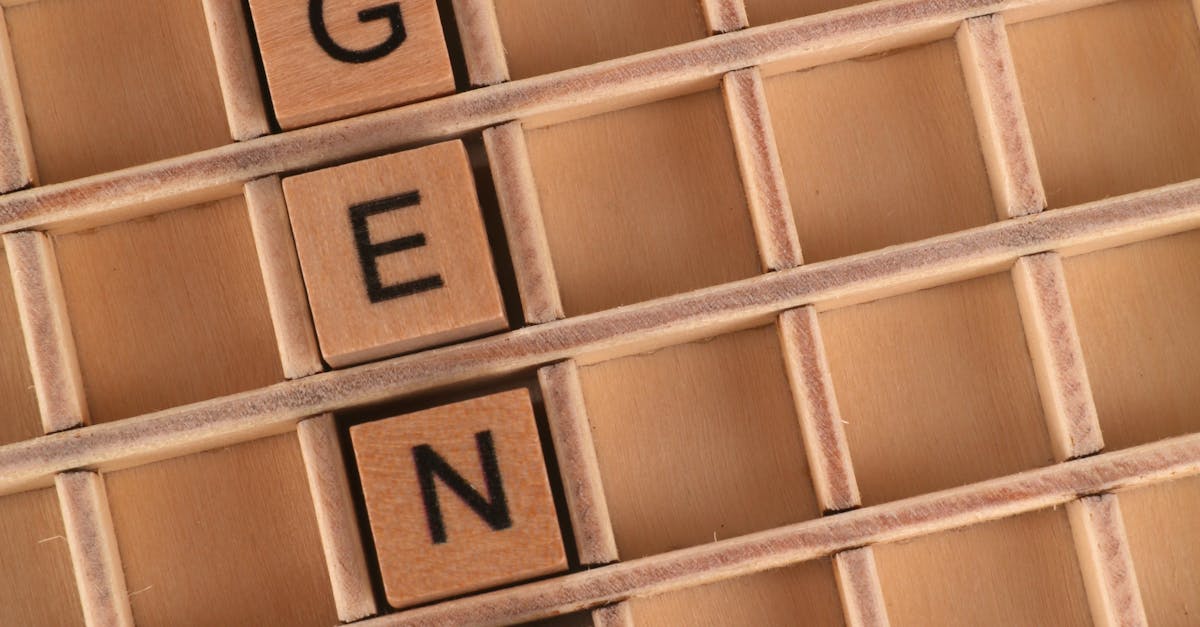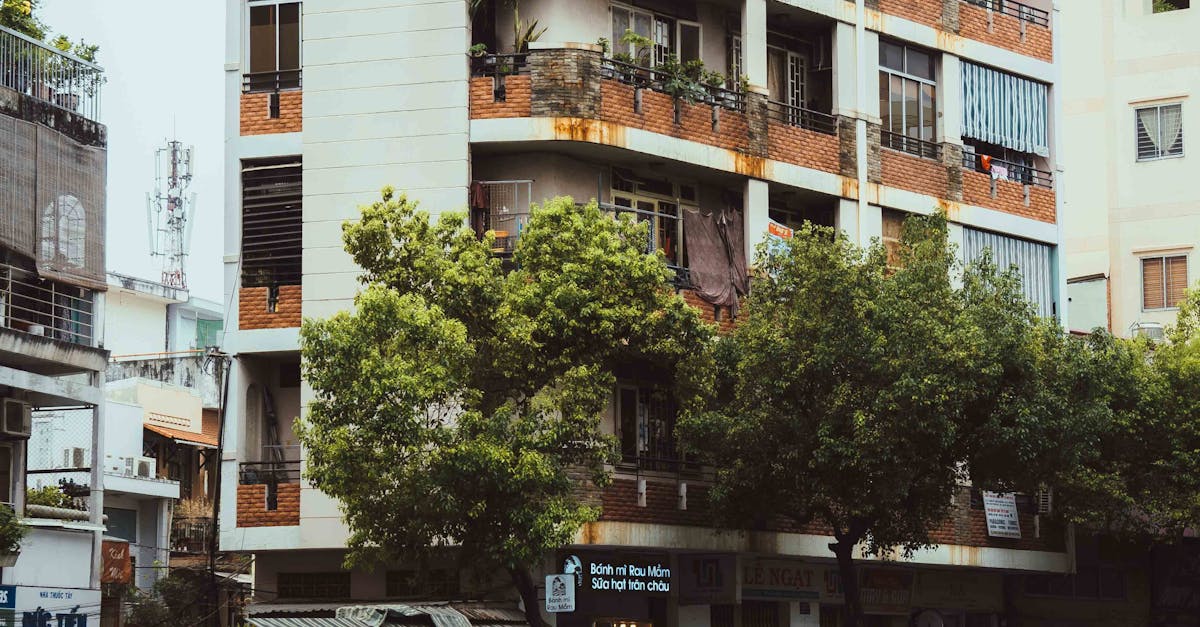
Table Of Contents
Flapper Valve Malfunctions
Flapper valves are essential components of a toilet's flushing system. These rubber parts are responsible for sealing the flush valve and controlling the flow of water from the tank to the bowl. Over time, flapper valves can become worn, warped, or calcified, leading to a variety of issues, including constant leaking or incomplete flushes. Regular inspection of the flapper can help identify signs of deterioration, allowing for timely replacements to ensure efficient toilet function.
Toilet installation and repair often incorporate checking the flapper valve as part of routine maintenance. A malfunctioning flapper can waste significant amounts of water and increase utility bills. Addressing such problems swiftly not only saves water but also improves overall toilet performance, making it an important aspect of any plumbing upkeep. Understanding how these components work can help homeowners tackle issues before they escalate into more significant repairs.
Recognising Flapper Issues
Flapper valves play a crucial role in toilet function, controlling the release of water from the tank into the bowl during a flush. Common signs of flapper issues include the toilet running continuously, sounds of water refilling, and a weak or incomplete flush. Over time, flappers can deteriorate due to mineral build-up, age, and exposure to harsh cleaning chemicals. Regularly checking the condition of the flapper is important in maintaining the efficiency of the toilet.
Recognising flapper problems early can save on water bills and prevent more extensive toilet installation and repair. Replacing a worn-out flapper is typically a straightforward DIY task that involves minimal tools and time. Ensuring a proper seal is essential to stop leaks and maintain effective flushing. Keeping an eye on the flapper's condition can enhance the longevity and reliability of the toilet system overall.
Slow Toilet Flush
A slow toilet flush can be both frustrating and inconvenient. This issue often arises due to a variety of reasons, including partially closed valves, blocked rim holes, or mineral buildup within the toilet's components. These factors can contribute to the reduced flow of water during a flush, making the toilet less effective for waste removal.
Regular maintenance is key to preventing slow flushing. Ensuring the valve is fully open and checking for any clogs in the bowl or waste pipe can help identify the source of the problem. If basic troubleshooting does not resolve the issue, consulting professionals who specialise in toilet installation and repair may be necessary to rectify more complex problems.
Factors Contributing to Slow Flushing
Several factors can lead to a slow toilet flush, impacting its overall performance. A common culprit is the buildup of waste or mineral deposits in the toilet bowl or trapway. Over time, these deposits can restrict water flow, requiring more effort to clear waste. Additionally, a malfunctioning flapper valve can prevent sufficient water from entering the bowl, causing sluggish flushes.
Another consideration is the toilet's water supply. Low water pressure can significantly hinder the flushing mechanism, impacting the amount of water available during a flush. A blocked or partially closed shut-off valve can also restrict the flow. Proper toilet installation and repair can address these issues, ensuring optimal flushing and enhancing the toilet's longevity.
Cracked Toilet Bowls
Cracked toilet bowls can lead to significant issues, including leaks and water damage. These cracks may occur due to age, temperature fluctuations, or even improper installation. Identifying a cracked toilet bowl early is essential to prevent further complications. Signs of a crack include water pooling around the base, unusual sounds during flushing, or visible hairline fractures on the ceramic surface.
Repairing a cracked toilet bowl is not always straightforward. In some cases, a simple patch using a waterproof adhesive may suffice, but this is often a temporary solution. If the damage is extensive, replacement of the entire toilet may be the most practical option. Regular maintenance and thorough checks during toilet installation and repair can help identify and address potential issues before they escalate.
Repair Options for Toilet Bowls
When faced with a cracked toilet bowl, there are several repair options that homeowners might consider. A minor crack can sometimes be repaired using specialized epoxy sealants designed for ceramics. This method involves cleaning the crack and applying the sealant to restore functionality. However, if the damage is significant or the structural integrity of the bowl is compromised, replacing the toilet entirely often becomes the best course of action.
Toilet installation and repair services can assist with choosing the right replacement model and ensuring that the new unit is properly installed. While some may opt for DIY repairs or replacements, engaging professional services can save time and prevent further complications down the line. Skilled technicians can assess the extent of the damage and recommend the most effective solutions tailored to the specific situation.
FAQS
What is the most common toilet repair?
The most common toilet repair is typically related to flapper valve malfunctions, which can lead to issues such as leaks or improper flushing.
How can I tell if my toilet flapper is malfunctioning?
Signs of a malfunctioning flapper include continuous running water in the bowl, slow flushing, or frequent need for toilet refills. You may also notice water leaking into the bowl even when not in use.
What causes a slow toilet flush?
A slow toilet flush can be caused by various factors, including a partially clogged trap, low water levels in the tank, or issues with the toilet's internal components like the flapper or fill valve.
Can a cracked toilet bowl be repaired, or does it need to be replaced?
While some minor cracks can be repaired using specialised epoxy adhesives, it is often recommended to replace a cracked toilet bowl to ensure proper functionality and avoid leaks.
How often should I check my toilet for repairs?
It’s a good practice to check your toilet for any signs of wear or potential issues at least once a year. Regular inspections can help catch problems early and prevent more significant repairs down the line.



